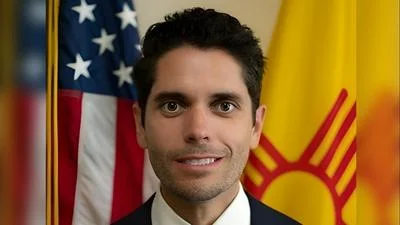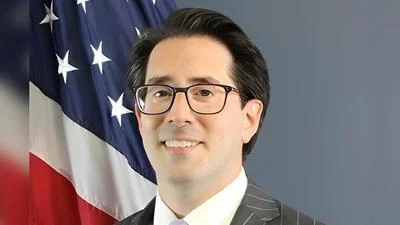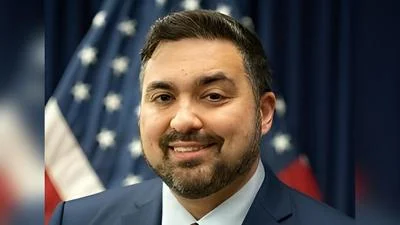Energy and Commerce Chairman Frank Pallone, Jr. (D-NJ) delivered the following opening remarks today at an Energy Subcommittee legislative hearing on “Clean Energy Infrastructure and the Workforce to Build It:"
Today, we’re discussing Chairman Rush’s “Blue Collar to Green Collar Jobs Development Act of 2019."
For many years, Chairman Rush has been Congress’ champion for developing a more diverse and robust energy workforce, and I commend him for his longtime commitment to this important effort.
As we approach the end of Black History Month, this hearing is an important opportunity to look at the diversity gaps in the energy industry, why they are occurring and what we can do to make the industry more inclusive.
Minorities are significantly underrepresented in the science, technology, engineering and math - or STEM - fields. African Americans and Hispanics represent 27 percent of the overall nationwide workforce, but only make up 16 percent of the STEM workforce.
And it is not just a question of minorities being underrepresented in STEM fields - there is also an earnings gap for minority workers who hold these jobs. The average African American STEM worker earns 81 percent of the salary of a white STEM worker, while a woman holding a STEM job makes just 72 percent of the salary of the average man. Preparing workers for the energy jobs of the future through training and educational opportunities can help narrow this unacceptable gap.
Chairman Rush’s legislation takes important steps to bridge the diversity gaps that currently exist in the energy sector. The bill establishes a comprehensive, nationwide program at the Department of Energy (DOE) to improve education and training for jobs in energy-related industries. The legislation provides DOE new authority to offer direct assistance to schools, workforce development boards and labor organizations.
The bill also establishes a grant program to provide funds to businesses to pay employees who are receiving training to work in the renewable energy, energy efficiency or grid modernization sectors. These are areas critically important in our efforts to combat climate change.
Chairman Rush has been working on this legislation since the 113th Congress. Previous versions of this bill have enjoyed strong bipartisan support, including last Congress when a version of the bill passed the House on a voice vote.
In the 114th Congress, Republicans included his bill in the base text of the North American Energy Security and Infrastructure Act, a broad energy bill introduced by then-full Committee Chairman Upton. I commend my colleagues on both sides of the aisle for recognizing the importance of this legislation and the issues it addresses.
The energy workforce in our country is growing, particularly in the areas of wind energy, energy efficiency and grid modernization. Our challenge is to ensure the appropriate training and educational opportunities are available to workers who can fill these jobs.
At the same time, we must develop policies to provide opportunities for minorities and other underrepresented groups to expand their participation in the energy workforce. It’s also important that we ensure participation in both the traditional energy sector and the rapidly growing clean energy and energy efficiency sectors.
The goal is to have an energy workforce that reflects the demographics of our country as a whole, and this bill puts us on a pathway to achieving that objective.
Thank you. I yield back.




